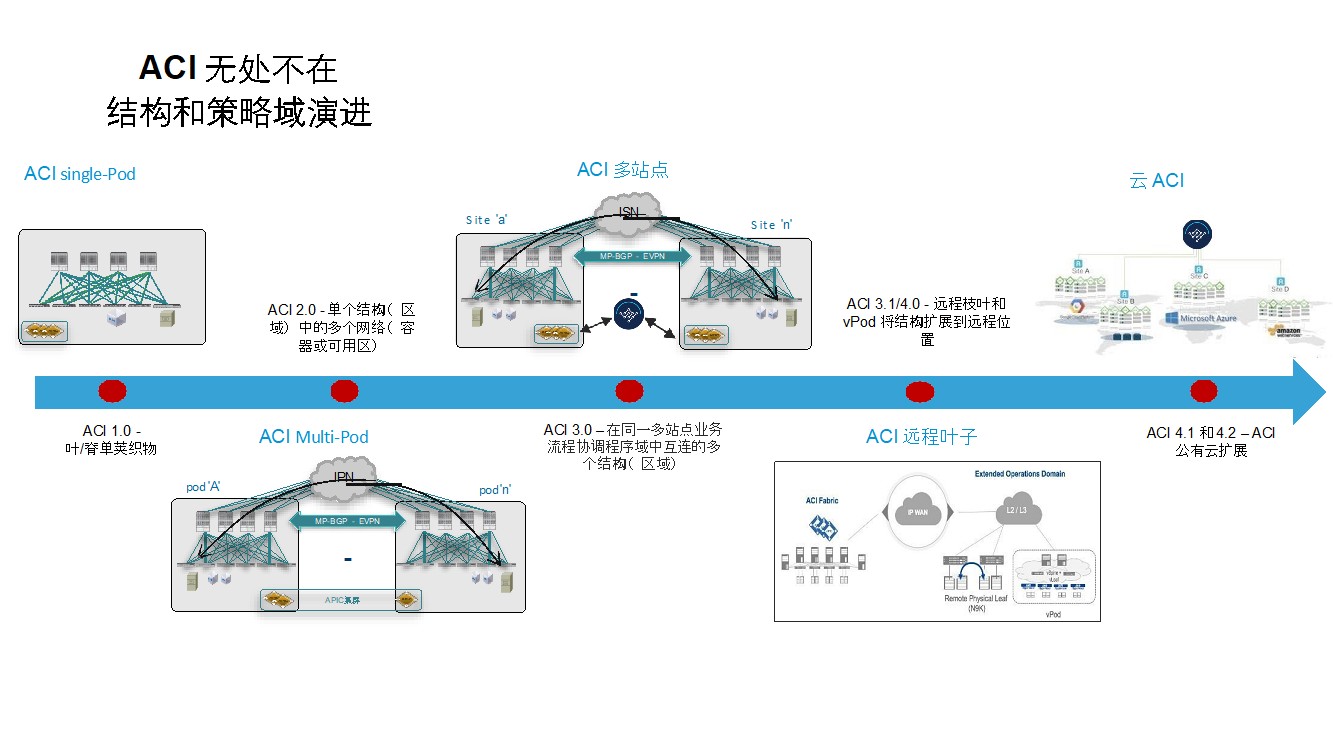Solution Background
In a certain financial institution, the traditional active-standby disaster recovery (DR) model faced challenges such as low resource utilization, long failover times, and inability to meet RPO/RTO requirements. As the enterprise transitions to cloud-native and microservices-based application architectures, a dual-active high-availability disaster recovery solution based on Cisco ACI (Application Centric Infrastructure) has become the core foundation for ensuring zero business interruption. By building a distributed ACI Fabric across data centers, the company enables dual-active deployment and automated failover to support 24/7 availability for critical services.

Solution Overview
This solution is based on the Cisco ACI Multi-Site architecture and constructs a unified policy-managed dual-active network across two or more data centers:
- Dual-Active Architecture: Uses an Active-Active model where business traffic is load-balanced across multiple sites, avoiding single points of failure.
- Policy Synchronization: Automates synchronization of network, security, and application policies via Multi-Site Orchestrator (MSO), ensuring consistent configurations.
- Intelligent Traffic Steering: Leverages GSLB (Global Server Load Balancing) and ACI Service Graph to select the optimal path for service traffic.
- Fast Disaster Recovery Switching: Achieves sub-second failover in case of failure through health checks and BGP route optimization.
- Unified O&M: Centralized management of multi-data center networks via ACI controllers, with visual monitoring and automated operations.
Key Advantages
- Zero Business Interruption: Dual-active architecture ensures seamless failover if one financial data center fails.
- Policy Consistency: Automated cross-site policy synchronization prevents human error.
- Elastic Scalability: Supports flexible expansion to meet growing business needs.
- Intelligent Operations: End-to-end visual monitoring and fast fault localization.
- Open Compatibility: Supports hybrid cloud, containerized, and legacy applications—protecting existing investments.
Customer Challenges
- Traditional DR failover is time-consuming and recovery is difficult
- Low resource utilization in active-standby mode leads to high O&M costs
- Complex cross-data center network configurations and policy management
- Inability to meet stringent financial industry RTO/RPO requirements
- Lack of unified management in multi-cloud/hybrid environments
Customer Benefits
- High Availability: Enables zero-interruption for critical business operations
- Efficient Resource Utilization: Dual-active mode improves infrastructure usage
- Reduced O&M Costs: Automated policy management minimizes manual work and boosts efficiency
- Regulatory Compliance: Meets requirements of MLPS 2.0 and financial industry DR standards
- Future-Ready: Supports cloud-native and containerized architectures, enabling digital transformation